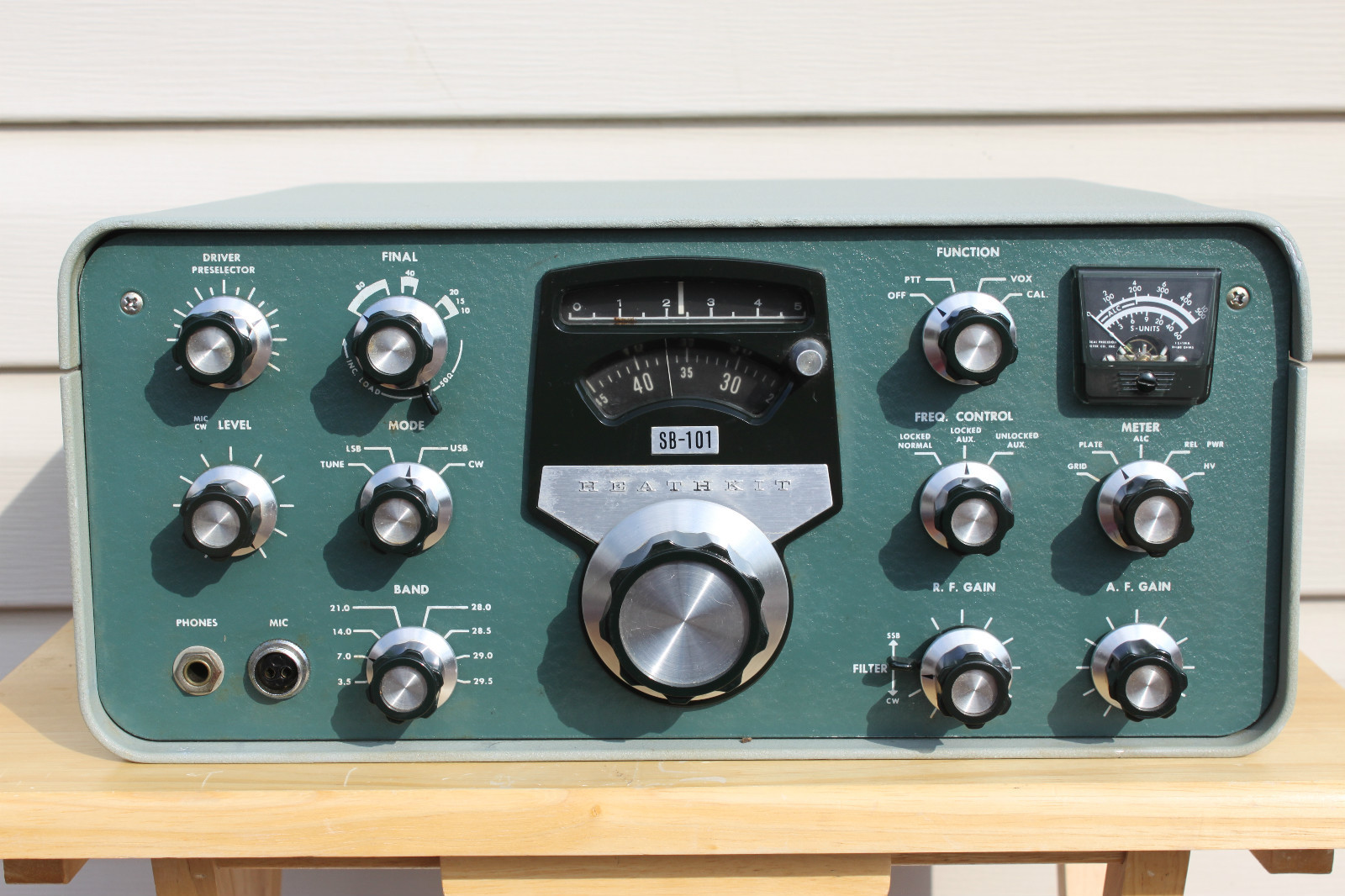Hugh,
I strongly recommend against using any Heathkit rig for an emergency radio. There was one solid state Heathkit but it was a rebadged, factory assembled Yaesu. All others were built by an individual, whose attention to detail you most likely have no idea about. They are known in the hobby as “GRIEF kits” for a GOOD reason. They fail – early, and often. They have too many disadvantages for the emergency backup purpose. Besides all the ones mentioned by the original author:
- They have high (LETHAL) voltages inside.
- They require 120V AC power.
- They have no cooling fan on radio, nor power supply, and these digital modes are 100% duty cycle on transmit.
- They have no easy way to “turn down the output power”, and hence avoid detection (OPSEC), and save precious (AC) power.
- They are old, and WILL fail. (Did I mention that before?). Tubes are fragile, if one needs to transport the rig. Tubes themselves are becoming increasingly hard to find, and costly, and it adds to the cost of a set of spares (you WILL have spares, right?)….you will soon approach the cost of a modern, solid state radio that runs on a 12V battery.
There are many more disadvantages, but these are the few that immediately came to mind as I read the article. The use of vacuum tubes is the ONLY advantage I can see the GRIEF kits have over a modern solid state radio, for the proposed use. My proposed solution is to buy a modern rig, and put it in an EMP mitigating enclosure when not in use. Or, using the prepper credo “Two is one, one is none”. Better yet– keep one in the EMP mitigating container. Make it the same as the radio you use every day.











I rather disagree. I have the HP-13 mobile power supply (as well as the 120V power supply/speaker combo) for my Heathkit HW-101, which allows me to run the rig off a 12V system. The HP-13 can be shielded against EMP. And I do, in fact, keep a couple of sets of spare tubes around. It is one rig I will not get rid of, as it can be repaired if something breaks. As for it “failing early and often”, and being too fragile to transport, I used it as my main transceiver for years until I moved to another location where space is at a premium, and a Yaesu FT-817 and a “backpacking” type amp take up far less room than the old Heathkit and its power supply/speaker (which I have carefully packed away and stored). I used the rig with its mobile power supply for Field Day one year and it performed (and traveled) just fine. YMMV…